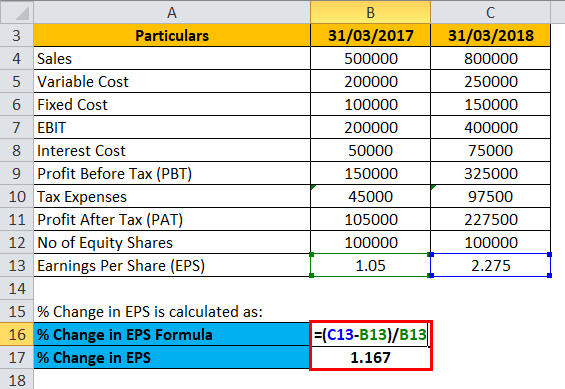Content

Anything that affects net income, such as operating expenses, depreciation, and cost of goods sold, will affect the statement of retained earnings. Retained earnings, as the name suggests, are the sum that a company retains after meeting all its financial liabilities, including the payment of the shareholders. This retained income is the amount companies use for reinvestment, which means utilizing the money back into the business.
Is retained income the same as retained earnings?
No, retained earnings and retained income are not the same thing. It is the amount of money a company decides to keep in its account instead of paying it out as dividends.Companies pay out dividends to their shareholders, but retained earnings can be used for expansion or other purposes.
It doesn’t matter which accounting method you’re using, you can still create a retained earnings statement. The only difference is that accounts receivable and accounts payable balances would not be factored into the formula, since neither are used in cash accounting. For those recording accounting transactions in manual ledgers, you should be sure closing entries have been completed in order to properly calculate retained earnings. How Are Retained Earnings Recorded? Those using accounting software will have their retained earnings balance calculated without the need for additional journal entries. In the case of an individual, it comprises wages or salaries or other payments. Beginning retained earnings is any accumulated surplus recorded at the beginning of a financial year. The amount depends on the companies’ profits, losses, or any surplus given to shareholders in the form of a dividend.
Retained Earnings in Accounting and What They Can Tell You
Read on to learn about what they are, how to calculate them, prepare a retained earnings statement, and more. Retained earnings are a key indicator of a company’s financial performance. So if net income is $10 in one month retained earnings will grow by $10 that same month.
Do you debit or credit retained earnings?
Is retained earnings a debit or a credit? Retained earnings are listed on the balance sheet under shareholder equity, making it a credit account. Therefore, an increase in retained earnings is a credit entry.
A cash dividend payment is not the only transaction that affects the retained earnings account. You calculate the value of the stock dividend by multiplying the number of stock shares issued and outstanding by the stock dividend percentage. For example, suppose you have 1,000 shares issued and outstanding and declare a 1 percent stock dividend. The retained earnings balance recorded on the balance sheet is reduced by $10. On the other hand, though stock dividends do not lead to a cash outflow, the stock payment transfers part of the retained earnings to common stock. For instance, if a company pays one share as a dividend for each share held by the investors, the price per share will reduce to half because the number of shares will essentially double.
What Makes up Retained Earnings
It can decrease if the owner takes money out of the business, by taking a draw, for example. For example, a partnership https://online-accounting.net/ of two people might split the ownership 50/50 or in other percentages as stated in the partnership agreement.
- The formula is equal to the prior period balance plus net income – and from that figure, the issuance of dividends to equity shareholders is subtracted.
- Retained Earnings measures the total accumulated profits kept by the company to date since inception, which were not issued as dividends to shareholders.
- Reinvest it in order to launch a new product to increase market variety.
- The partners each contribute specific amounts to the business at the beginning or when they join.
Retained earnings can be used to pay off existing outstanding debts or loans that your business owes. Greg Fidlon has been practicing exclusively in employment law since 1998. He represents and advises clients in all aspects of the employment relationship. In addition to his litigation work, Greg regularly negotiates and drafts corporate policy handbooks, employment contracts, separation agreements and restrictive covenants. He also develops and presents training programs and has spoken and written extensively on labor and employment law topics. This would be your net profit from your first month for new businesses.














































